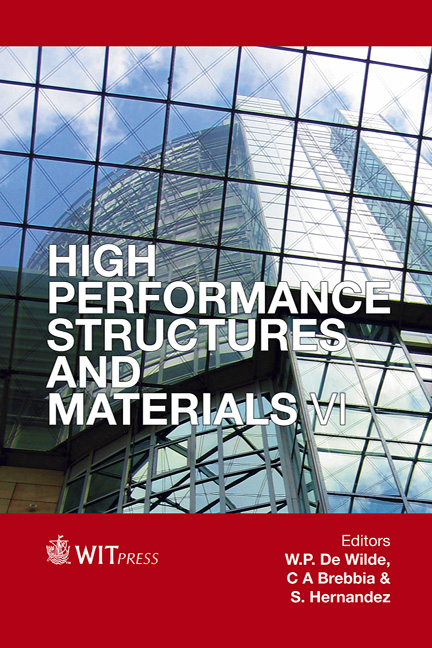Numerical Analysis Of The Influence Of Deep Energy Level Traps In SiC Schottky Structures
Price
Free (open access)
Transaction
Volume
124
Pages
10
Page Range
439 - 448
Published
2012
Size
2,918 kb
Paper DOI
10.2495/HPSM120391
Copyright
WIT Press
Author(s)
A. Koel, T. Rang & G. Rang
Abstract
The Thomas Johann Seebeck Department of Electronics at the Tallinn University of Technology has studied the properties of Schottky contacts since the 1980s. The theoretical studies have been accompanied by analytical and numerical computer simulations. Realisation of SiC complementary power Schottky diodes has been possible since 1994, using diffusion welding (DW) metallisation technology. Measurement of the electrical properties of the produced samples offers excellent possibility to verify and enhance computer models, and as feedback provides possible explanations to phenomenon found in the measurement results. This paper provides a comparison between measured and simulated results for SiC Schottky power diode structures. The paper addresses the simulation results investigating the influence of deep energy traps and/or defects on electrical characteristics of SiC Schottky diodes manufactured using DW metallisation technology. The numerical model includes the exact model for describing the behaviour of deep energy traps in the epitaxial layer. The analysis takes into account the influence of ambient temperature on static characteristics of the device. The outcome of this particular research is addressed for the optimisation of the switching devices applied in the power converters, with the aim of reducing the general energy consumption in different power grids. Keywords: silicon carbide, metal semiconductor contacts, diffusion welding, interface layer, deep energy levels, DLTS method, numerical modelling, Schottky diodes.
Keywords
silicon carbide, metal semiconductor contacts, diffusion welding, interface layer, deep energy levels, DLTS method, numerical modelling, Schottky diodes.





